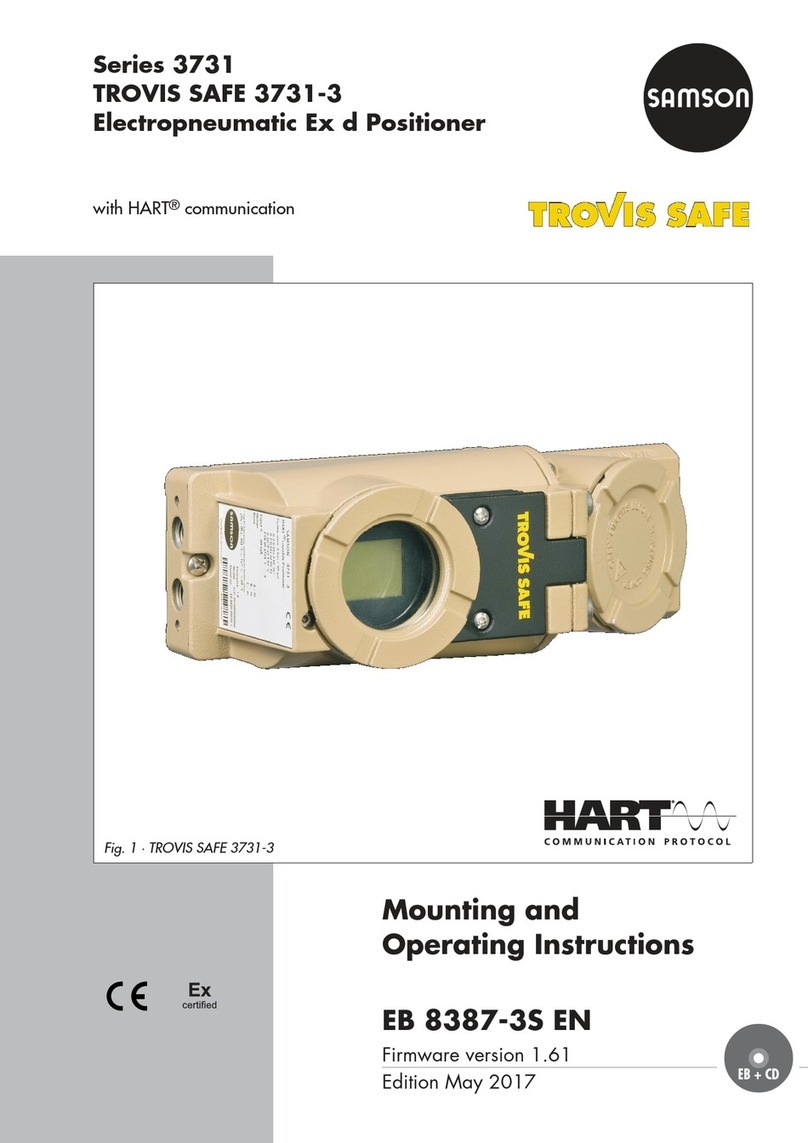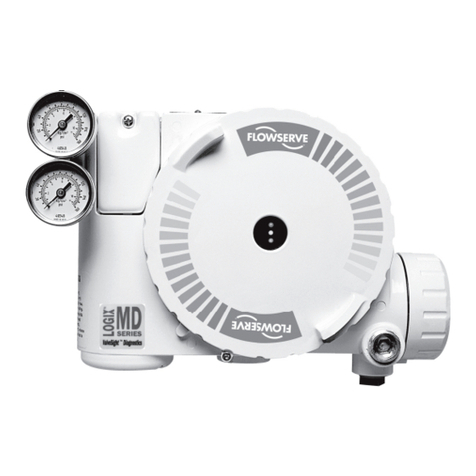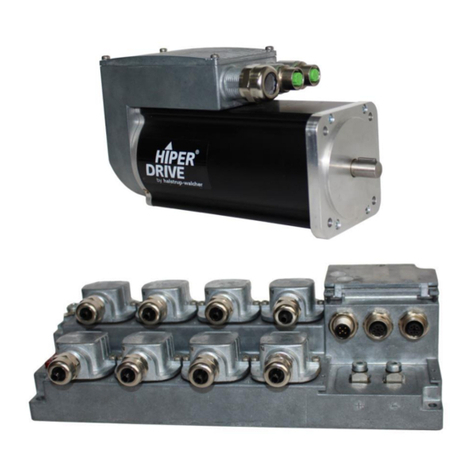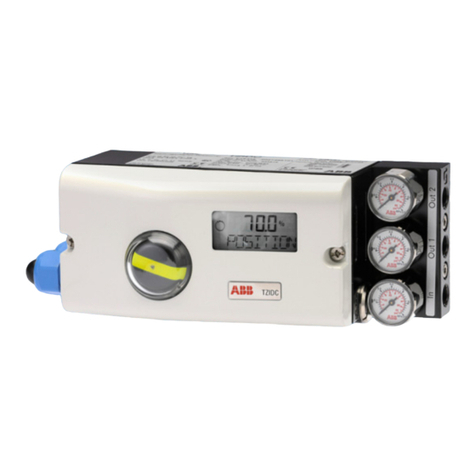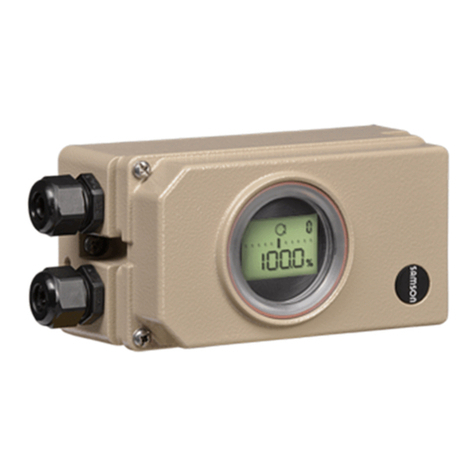
SPAN-IGM User Manual Rev 2 3
Table of Contents
Customer Support 7
Notices 8
1 Introduction 11
1.1 Fundamentals of GNSS + INS .............................................................................................................. 11
1.2 System Components............................................................................................................................. 12
1.3 Scope .................................................................................................................................................... 12
1.4 Conventions .......................................................................................................................................... 13
2 SPAN Installation 14
2.1 Required Equipment ............................................................................................................................. 14
2.2 SPAN-IGM Hardware ............................................................................................................................ 14
2.2.1 SPAN-IGM Cables ...................................................................................................................... 15
2.3 Hardware Set Up................................................................................................................................... 16
2.3.1 Mount the Antenna ..................................................................................................................... 18
2.3.2 Mount the SPAN-IGM ................................................................................................................. 18
2.3.3 Connect the Antenna to the SPAN-IGM ..................................................................................... 19
2.3.4 Connect Power ........................................................................................................................... 19
2.3.5 Connect a Computer to the SPAN-IGM ..................................................................................... 20
2.3.6 Connect I/O Strobe Signals ........................................................................................................ 21
2.3.7 CAN Bus ..................................................................................................................................... 21
2.3.8 COM3 Serial Port ........................................................................................................................ 22
2.3.9 Enable RS-422 serial connections.............................................................................................. 22
2.3.10 Odometer connection ............................................................................................................... 23
2.4 Software Configuration ......................................................................................................................... 24
2.4.1 GNSS Configuration ................................................................................................................... 24
2.4.2 SPAN IMU Configuration ............................................................................................................ 24
2.5 SPAN-IGM LEDs ................................................................................................................................... 26
3 SPAN Operation 27
3.1 Communicating with the SPAN System................................................................................................ 27
3.1.1 INS Window in NovAtel Connect ................................................................................................ 28
3.2 Real-Time Operation ............................................................................................................................. 29
3.2.1 System Start-Up and Alignment Techniques ............................................................................. 30
3.2.2 Navigation Mode......................................................................................................................... 32
3.2.3 Data Collection............................................................................................................................ 32
3.2.4 Vehicle to SPAN Frame Angular Offsets Calibration Routine ..................................................... 33
3.2.5 SPAN Wheel Sensor Messages.................................................................................................. 34
3.3 Azimuth Sources on a SPAN System ................................................................................................... 35
3.3.1 Course Over Ground................................................................................................................... 35
3.3.2 Inertial Azimuth ........................................................................................................................... 35
3.3.3 ALIGN Azimuth............................................................................................................................ 35
3.4 Data Collection for Post-Processing..................................................................................................... 36
3.5 Variable Lever Arm ................................................................................................................................ 37
4 SPAN-IGM Dual Antenna 38
4.1 Installation ............................................................................................................................................. 38
4.2 Configuring ALIGN with SPAN-IGM...................................................................................................... 39
4.2.1 Alignment on a Moving Vessel - Aided Transfer Alignment........................................................ 40
4.2.2 Alignment on a Stationary Vehicle - Aided Static Alignment ...................................................... 40
4.2.3 Unaided Alignment...................................................................................................................... 41
4.2.4 Automatic Alignment Mode - Automatic Alignment (default)...................................................... 41
4.3 SPAN ALIGN Attitude Updates............................................................................................................. 41
5 Reference Frames Within SPAN 42
5.1 The Local-Level Frame (ENU) ............................................................................................................... 42
5.2 The SPAN Body Frame ......................................................................................................................... 42







